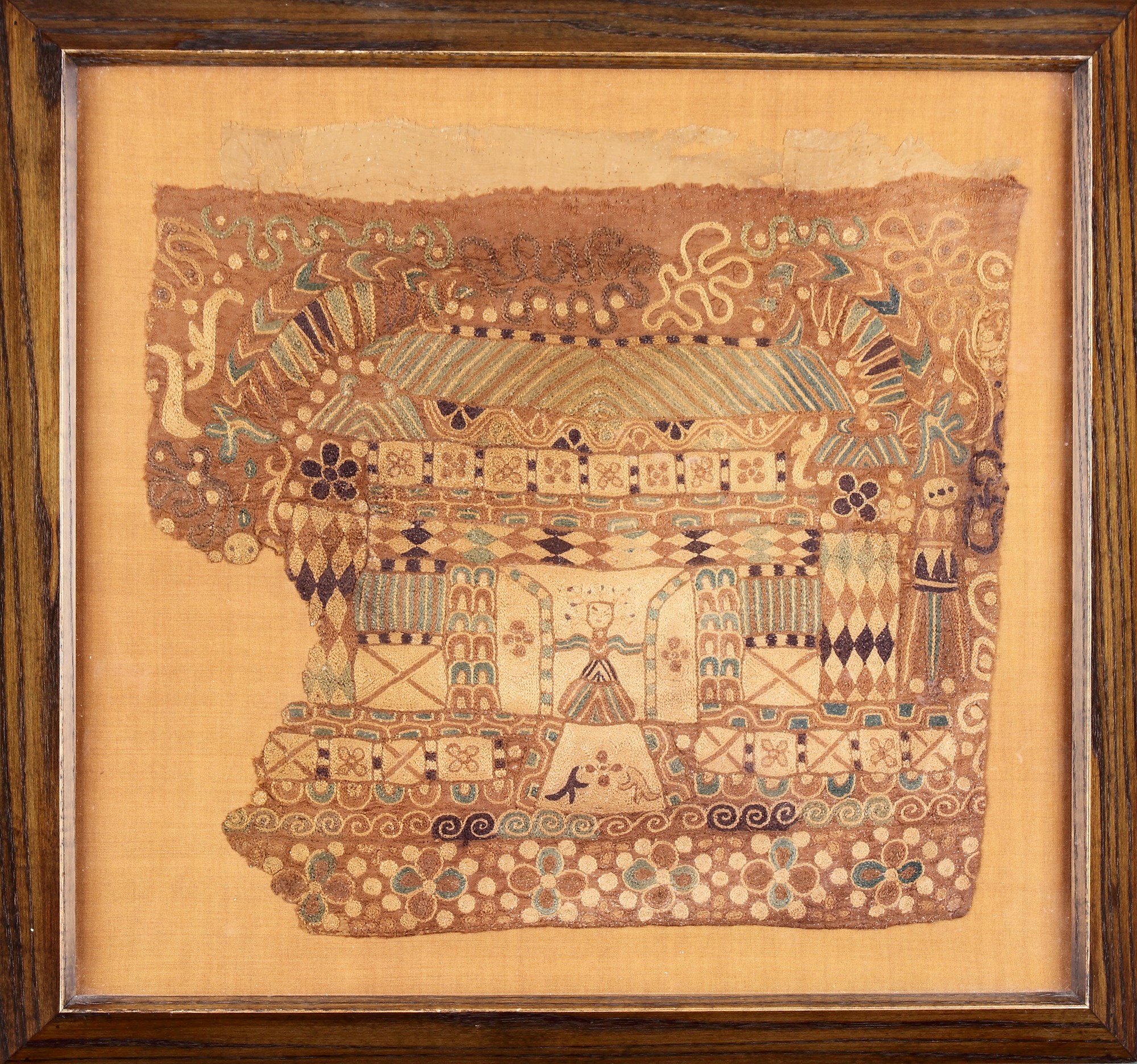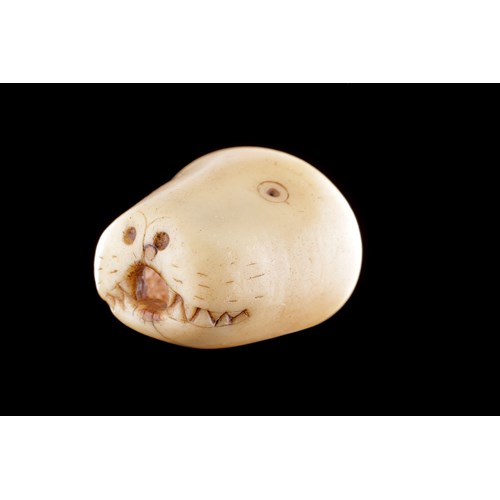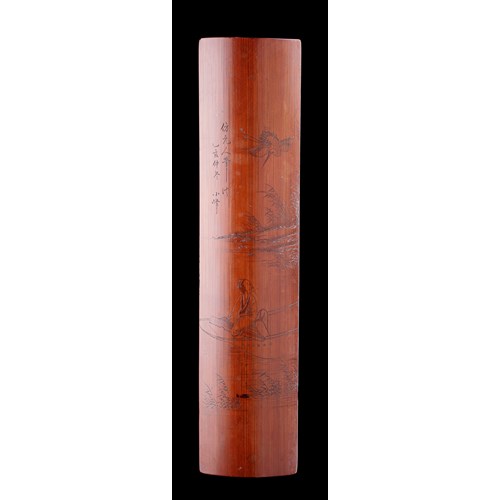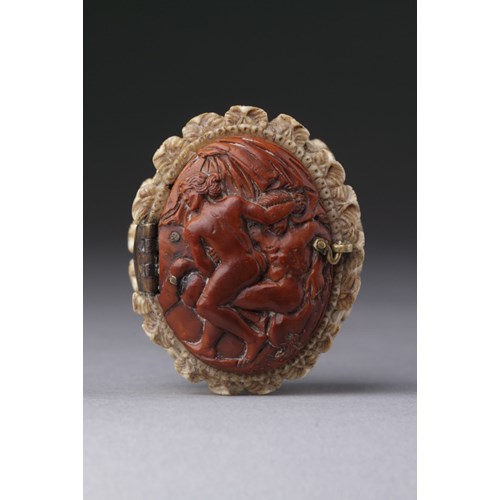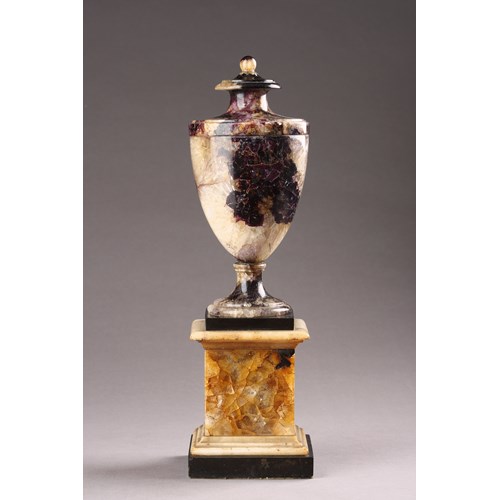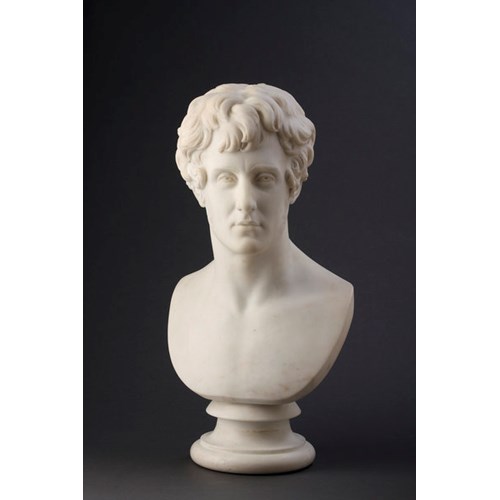A Very Rare Textile with a Scene of a Woman Opening a Door
Period Late 5th century AD
Medium Chain embroidery on damask
Dimension 26 x 30.5 cm (10¹/₄ x 12⁰/₁ inches)
Chain embroidery on damask
China
Late 5th century AD
Size: 26cm high, 30.5cm wide - 10¼ ins high, 12 ins wide
26 x 30.5 cm (10 ¹/₄ x 12 inches)
Period: Late 5th century AD
Medium: Chain embroidery on damask
Dimension: 26 x 30.5 cm (10¹/₄ x 12⁰/₁ inches)
Provenance:
Ex Private collection
Ex Francesca Galloway Ltd, 2003
Ex Private collection
note: radio-carbon date: 546 - 665 AD
Literature: The importance of silk in Chinese culture is attested by the attribution of its legendary discovery to the consort of the Yellow Emperor, the founder of Chinese civilisation. Sericulture, the rearing of silkworms for the production of silk filament, was the invention of Neolithic farmers living along the Huang Ho in north central China more than 4000 years ago. Through the centuries the state encouraged sericulture by making taxes payable in silk. The state controlled production to ensure the prestige of silk and to make its use an Imperial prerogative, demonstrating the special status of the aristocracy. Fine silk garments and furnishings marked special occasions in life and were often interred with the dead.
The Chinese art of silk and its production remained a closely guarded secret for over 3000 years. Its manufacture in a number of centres distributed throughout the Empire was one of the mainstays of the pre-modern Chinese economy, second only to agriculture in its value to the state and in the number of families for which it provided a means of support. Silk was also one of the first of China’s luxury products to be exported in large quantities both along the ‘Silk Road’ and by sea to the rest of Asia. Silk textiles were one of the major lures which brought merchants from the Islamic and Indian worlds, as well as from Japan, to the ports of China and they were eagerly sought after by the first European merchants to reach Canton, which was also the centre of a major weaving region.
To the ancient Romans, China was ‘the land of silk’ and during the Roman Empire it was imported exclusively from the East. It represented extreme refinement and luxury and became so desirable that the wearing of silk provoked a strong reaction from Senators who believed it to be a sign of decadence and a drain on the economy.
More artworks from the Gallery


